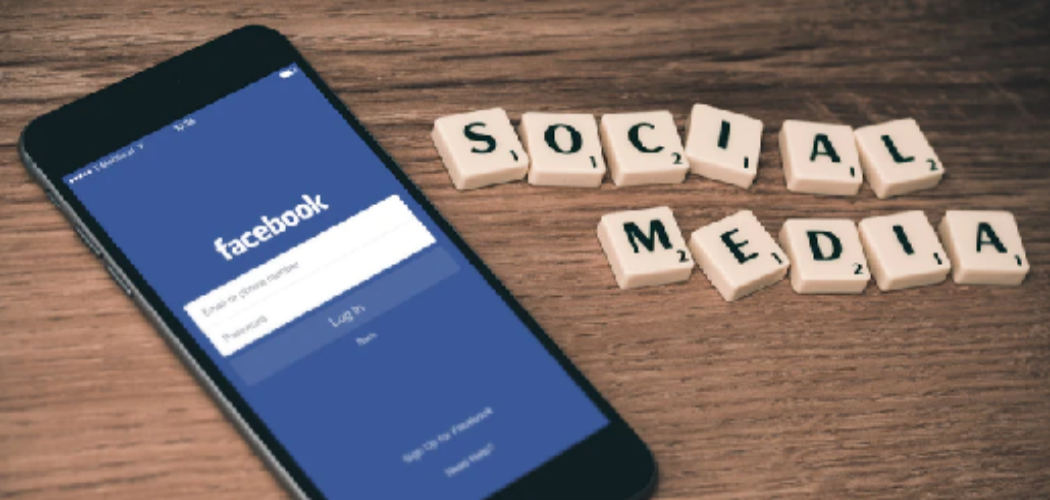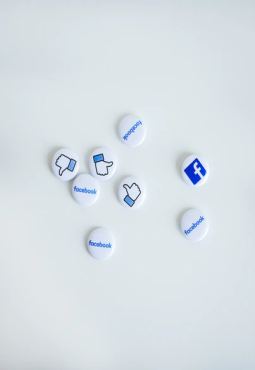
Facebook marketing refers to creating and actively using a Facebook page as a communications channel to maintain contact with and attract customers. Facebook actively provides for this, allowing users to create business pages for companies, organizations, or any group attempting to develop a fan base for a product, service, or brand.
Featuring nearly a billion potential customers, every business should be using Facebook. It is at least as essential as having a business web page and actually much easier and cost effective to create. Whether you represent a big brand or a small business employing only a handful of people, you can bet that some portion of your customers are already on Facebook. Commonly, Facebook marketing is used by:

As per current survey perspiciatis unde omnis iste natus error sit voluptatem.
Brands. Food, electronics, home goods, restaurants—nearly any kind of brand can be promoted through Facebook, turning passive customers into active fans who follow news of promotions and developments, and who share with their own friends.

Local businesses. Whether a business is family-owned, or a franchise of a larger company, a Facebook page can be used to turn a local
customer base into a fan base that more commonly visits your store.Personalities. Musicians, celebrities, authors, syndicated columnists—anybody who makes their money through being known wants to be known by as many people as they can on Facebook.
Non-profit organizations. Charities, political groups, and public service campaigns can all leverage the natural sharing capabilities of Facebook
While originally marketed to college students, Facebook has expanded well beyond that demographic . More than half of all users are in the 18-34 age range, and slightly more than 60% of Indian users are women. In India , about half of all user profiles are accessed through mobile devices as well as through computers. Due to its considerable amount of users, there is a wide variety of market segments that can be reached on Facebook, and an active fan base for nearly any niche.

Facebook pages are often linked to company web pages elsewhere on the Internet; therefore, it’s often a good idea to use some of the same information in both places, in order to maintain a familiarity. A business page can be searched for as soon as it is up, but unlike a personal profile, you cannot invite friends th• Facebook pages are often linked to company web pages elsewhere on the Internet; therefore, it’s often a good idea to use some of the same information in both places, in order to maintain a familiarity. A business page can be searched for as soon as it is up, but unlike a personal profile, you cannot invite friends through it. Business pages do not get “friends,” they get “fans”—and that distinction does make a difference.
Every Facebook user who likes a page will get to see any content a business posts, and be notified of posts through their news feed. If they are engaged by that content, they may comment on it, or like that item; and “Joe Smith commented on [this brand’s] status update” appears on all of their friends’ news feeds. Additionally, they may share this content, which will post the entire content to their own profiles, and notify their friends to come look. The company’s task, then, is to encourage this process as much as possible.
The most important aspect of Facebook marketing is consistency of communication. Creating a Facebook page and then leaving it alone will net a business nothing. To attract fans, a business should regularly post new content in a variety of different formats, so that more people will see and share the page. Content can announce upcoming promotions, spot-light specific products or people, share fun facts, provide incentive codes for discounts on products and services, and anything else that will catch the interest of fans.
Given the way Facebook’s news feed works, the recency of a post is a major factor in organizing what a user sees. The average user has more than 130 friends, and may be a fan of several brands, personalities, and organizations. When he or she logs in, there is no way to instantly see activity from every one of those sources.
The news feed shows them posts from the friends/etc. they interact with most, and which are more recent. Therefore, a company’s post is only likely to be visible on their fans’ news feeds for about three hours after they post it. Furthermore, depending upon the time of day they post, it is likely to be seen by entirely different portions of their fan base.
In addition to varied content and formating, posts should invite customers to interact and respond. Businesses should present consistent calls to action, which can be as simple as “watch this,” “like this,” or “share this.” Additionally, businesses can invite participation through contests and polls (which are also a way to collect market research). Such low-commitment investments encourage familiarity and affinity in their customer base.
This positive relationship can be further promoted through maintaining two-way communication. In other words, when fans post a comment on content, businesses should respond. How much they respond will depend upon how many fans comment, and how much time they can commit to Facebook marketing; but the more any particular fan interacts with a page, the more likely he or she is to buy.

Leave Your Comment